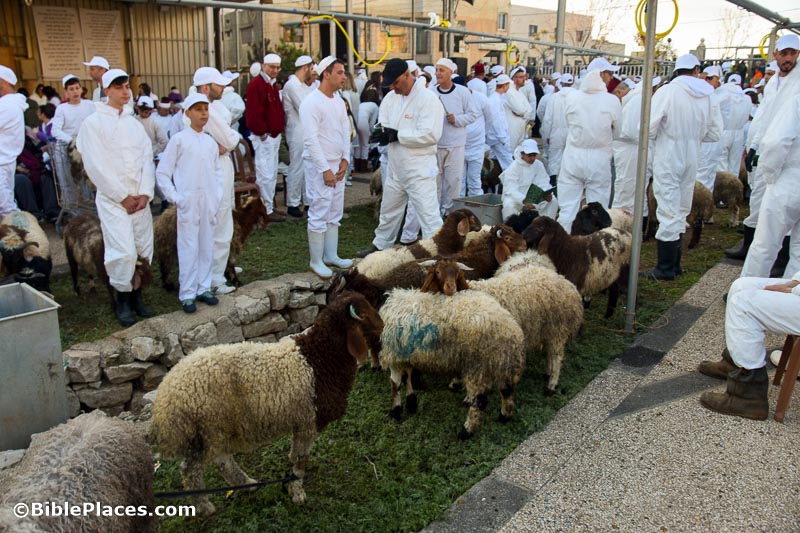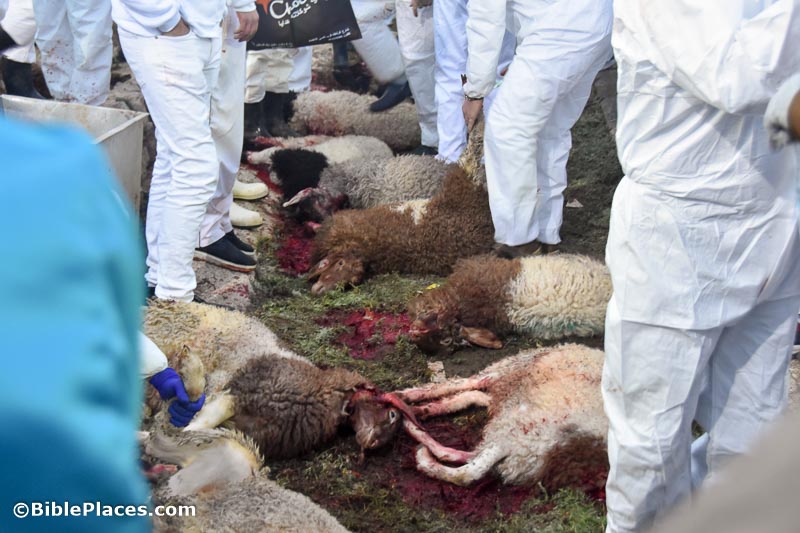Scientists have produced alcohol from ancient yeast excavated at four archaeological sites in Israel.
Aren Maeir is compiling a list of press reports and shares some of the video clips. One reporter offers a review.
After a Second Temple period burial cave in Jericho’s impressive necropolis was damaged by tractor work, hundreds of the bones were re-buried elsewhere.
Israel’s Supreme Court ruled that the identities of archaeologists working in the West Bank must not be released by the government.
A new entrance to the Tel Zafit National Park (the Philistine city of Gath) was dedicated this week. Aren Maeir shares lots of photos.
With temperatures in Israel soaring above 100 degrees F (37 C), wildfires are causing the evacuation of many communities in central Israel, including the Neot Kedumim Biblical Landscape Reserve.
Gordon Govier talks about Psalm 122 and the archaeology of Jerusalem on this week’s The Book and the Spade.
Peter Hessler tells the story of a how an Egyptian guard improvised in the early days of the Arab Spring to protect a site from looting.
Archaeologists working at Kirikkale in central Turkey have uncovered nine layers of Hittite ruins.
Ferrell Jenkins shares a favorite photo of the ancient Diolkos near Corinth.
Carl Rasmussen explains why early Christians very likely frequented places like the local thermopolium.
In a 20-minute video, David Moster shows what there is to see at the Museum of the Bible in Washington, DC.
Ferrell Jenkins explains why he thinks that “the two current volumes on Daniel and Esther may be the best.”
HT: Agade


